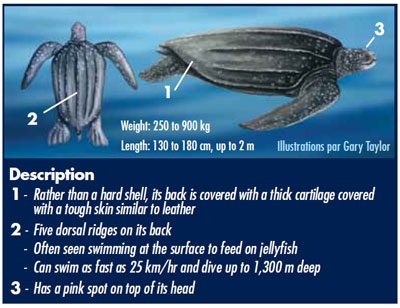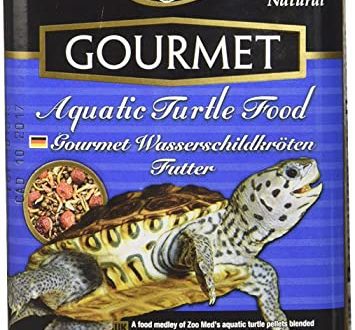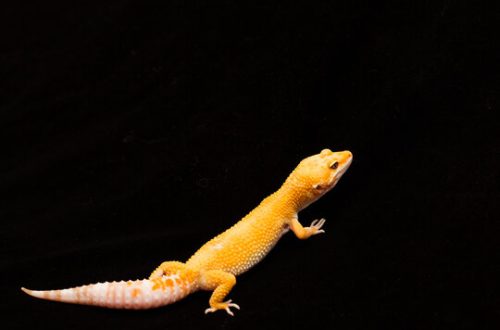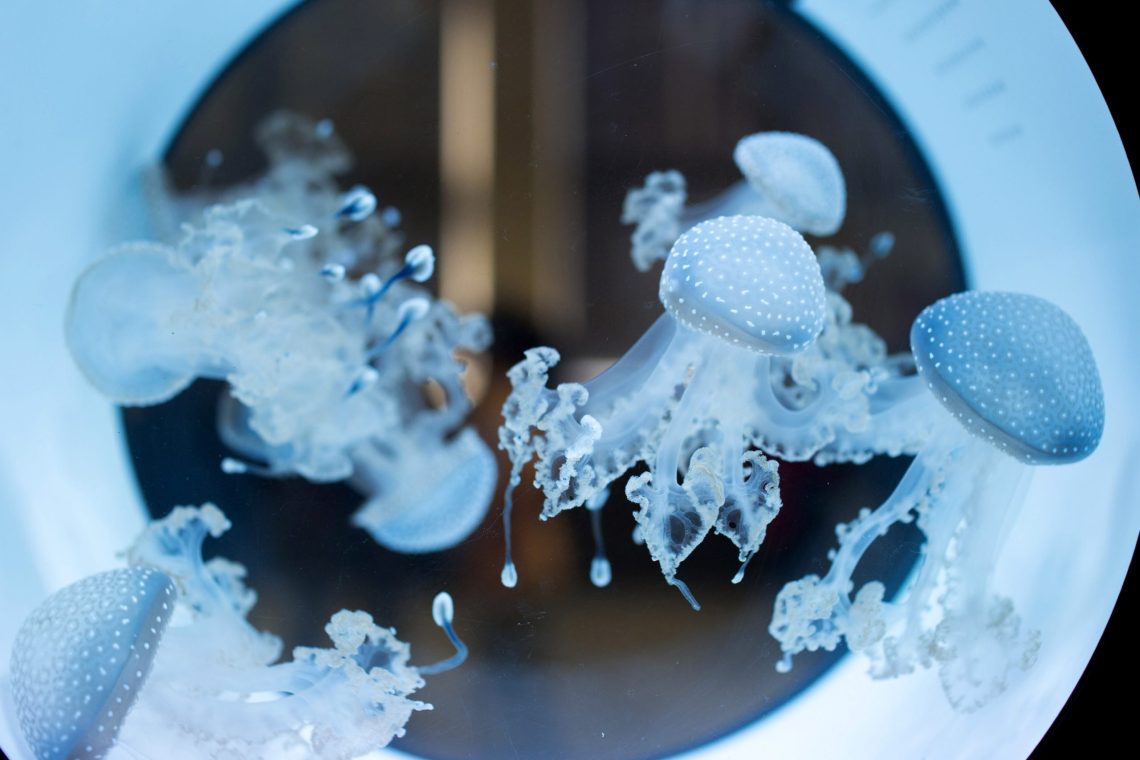
Aquarium jellyfish: maintenance and care at home
These mysterious unearthly creatures have been known since the time of Aristotle. They got their name in the XNUMXth century. The Swedish zoologist Karl Liney compared their shape to the head of the Gorgon Medusa. Agree, there is something mystical in them from this heroine of myths.
Many people are terrified of jellyfish, literally panicking at their sight. But there are also fans. Watching the smooth fluid movement of creatures in an aquarium is a truly meditative experience.
From the point of view of biology, the jellyfish is a coelenterate marine organism. It is 98% water. Their body is a jelly-like bell or umbrella, along the edges of which are tentacles. They are long and short. And the number varies from four to hundreds. The tentacles have special cells that produce poison upon contact with other creatures. In some jellyfish, such touches can be deadly to humans.
Contents
Types of jellyfish
These animals are distributed all over the planet. Suitable for aquarium breeding:
- Aurelia aurita (eared aurelia) – grows up to 10 centimeters in the aquarium. The body is beautiful pinkish-purple hues.
- Cotylorhiza tuberculata (fried egg jellyfish) – the shape of the dome resembles a fried egg, grows up to five to eight centimeters in captivity.
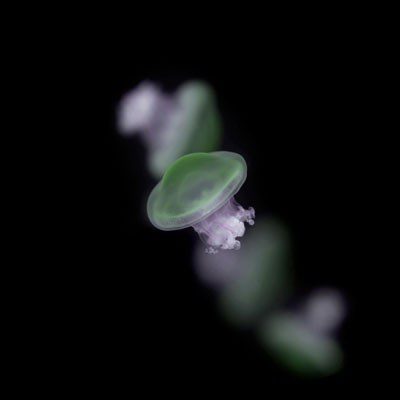
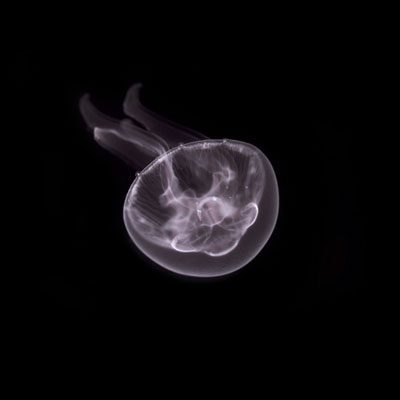
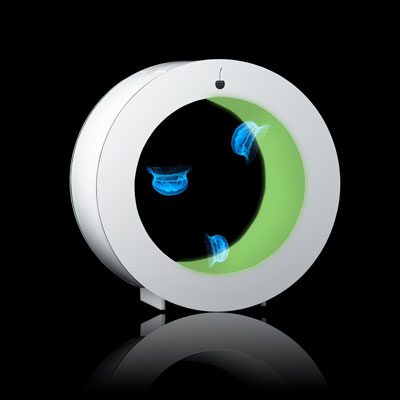
Features of the structure of the body
Intestinal – primitive organisms. Consist of two layers:
- outer – ectoderm, it contains germ cells, the rudiments of the nervous system,
- internal – ectoderm, digests food.
Jellyfish have no sense organs, spinal cord or brain. The digestive system is just a bag. Corals and anemones are their close relatives.
By contracting the muscles of the bell, the jellyfish moves forward. The structural features of the organism of these animals require special attention to the conditions of detention.
How to keep a jellyfish at home
Aquarium
Under natural conditions, these animals do not know how to resist a strong current of water.
The body is so delicate that it can be damaged even from a sharp stream. Therefore, they are kept in aquariums of a special rounded shape – a carousel or a pseudo-carousel. The flow of water moves smoothly in a circle. The jellyfish “floats” in the water column, moves freely, without the risk of damaging the dome.
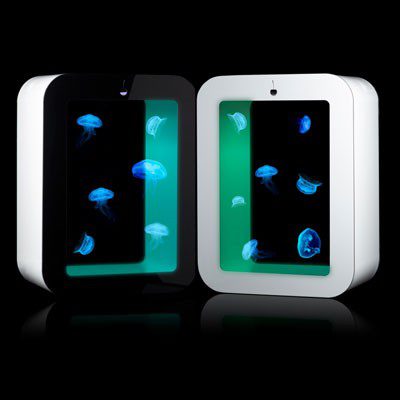


To make the animals comfortable, three individuals are usually lodged in a 16-liter container. A large 58-liter aquarium can comfortably accommodate ten.
Water
Intestinal cavities are sensitive to pollution. The water must be changed regularly. For the well-being of the pet, the temperature is maintained at 16-20˚С (Aurelia) and 20-24˚С (Cotiloriza).
| Water parameters | ||
|---|---|---|
| Acidity, pH | Density | Carbonate hardness |
| 7,6-7,8 | 1,020-1,025 | 12-18 dKH |
| 7.0 | 5-15 GH |
Lighting and decor
These animals are generally not picky about light. Aquariums are equipped with LED lighting. But it has a decorative effect. Plays of color in the dark, smooth movement of jellyfish – and your apartment has its own piece of space. Decor in the aquarium is not used. Any items can injure a pet.
Cleaning
Once a week, 10% of the water in the tank must be replaced. The tube removes food debris and small contaminants from the inner surface. Osmosis is mixed with special salt in a certain proportion and topped up. It will not take much time, and the jellyfish will feel great.
Diet and feeding
All representatives of this species are predators. In nature, they prey on zooplankton, small crustaceans, etc. The medusa shoots a tentacle in the direction of the prey and paralyzes it, then pulls it into its mouth. In some species, crustaceans get entangled right in the tentacles.
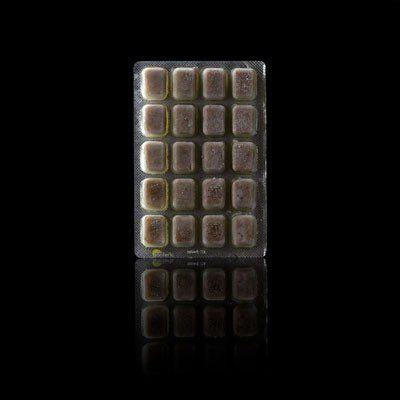


Reproduction at home
The average life expectancy is about a year. In the life cycle, there is a change of generations – medusoid (sexual) and polypoid (asexual). The gonads are located in the pockets of the stomachs. Males release mature spermatozoa into the water through their mouths, they enter the females’ brood chambers, where the eggs are fertilized and developed. An adult jellyfish produces a planula larva. It sinks to the bottom and attaches itself there. The next stage in the development of the polyp larva is the scyphistoma, which actively feeds, increases in size and can bud. In the spring, the process of transverse division of the scyphistoma begins – strobilation and ethers are formed. They look like transparent stars with eight rays, they do not have marginal tentacles and mouth lobes. The ethers break away from the scyphistoma and swim away, and by the middle of summer they gradually turn into jellyfish. Aquarists advise planting polyps in a separate container so that adult jellyfish do not interfere with their growth.
Keeping these amazing creatures at home is not difficult at all. They are practically undemanding, cleaning takes a little time. Children will be happy to feed an unusual tenant.
In our store you can buy jellyfish, aquariums, cleaning products and food. Any questions? Our consultants will tell you about the proper care and maintenance, feed and water composition. All animals in the store are completely healthy. Goods are certified.
The bearded dragon is an obedient and easy-to-care pet. In the article, we have collected the most important information on how to properly organize the life of an animal.
The domestic snake is a non-poisonous, meek and friendly snake. This reptile will make a great companion. It can be kept in an ordinary city apartment. However, it is not so easy to provide her with a comfortable and happy life.
In this article, we will explain in detail how to care for a pet. We will tell you what they eat and how snakes breed.



